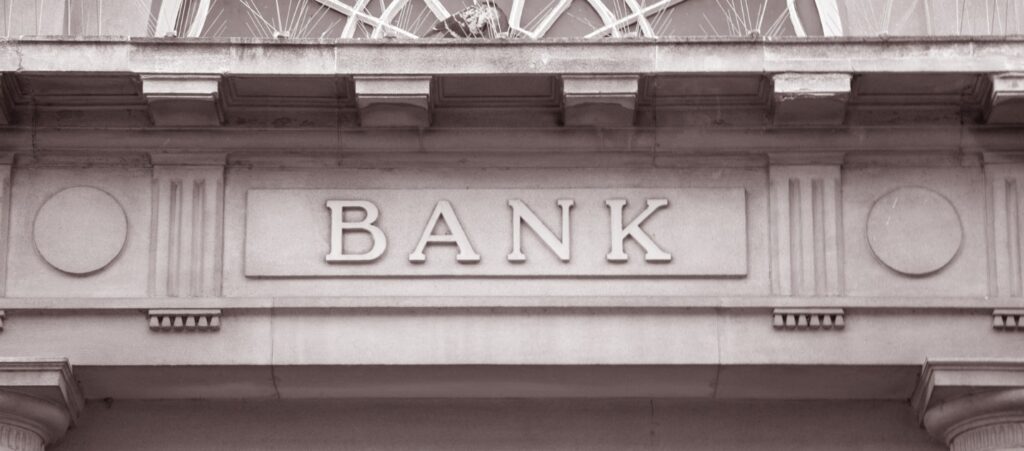Central Banks focus on Monetary Policy during busy week

It’s been a full-on week for central banks this week, with monetary policy firmly in the spotlight.
The US Federal Reserve kicked off proceedings with Wednesday’s meeting. It kept rates steady with the lower bound at 5.25% and the upper bound at 5.50%. However, is prepared to hike rates again in November.
As the move was widely forecast by analysts and priced in by markets, investors were more interested in what Chair Jerome Powell and Fed policymakers signalled for the future trajectory rather than the rate decision.
As I was quoted by MSN, Gulf News, Investing.com, Fintech Zoom, Business Traffic, and Bitcoin Insider, amongst others, Powell was very keen to reiterate that the war on inflation is still ongoing. The Fed is still a long way off its 2% inflation target. It will be concerned about the economy’s resilience and the markets. This is despite efforts to cool them by hiking borrowing costs with the most aggressive policy-tightening agenda we’ve seen in decades.
As a result, I believe the Fed will resume its rate-hiking agenda in November. Yet, to my mind, this would be an error of judgment and be seriously detrimental to the US economy.
When central banks hike rates, it takes around two years for the full impact to filter through into the economy. Now, we’re beginning to see the drag effects on the US economy as households and businesses become more cautious. Furthermore, investors are becoming more fearful that further hikes could lead the US economy into a recession.
Next up was the Bank of England, which held rates steady at 5.25% on Thursday. This is the first time in 15 meetings there hasn’t been a rate hike.
We support the UK central bank’s decision to hold rates steady, but policymakers should go a step further. They should stop the hiking agenda altogether, as opposed to merely pausing it.
As I said to Daily Express, Mena FN, Value Walk, Proactive Investors and FN Talk, amongst other media, although a pause can provide a breather, it doesn’t take away the uncertainty surrounding rate hikes in the future. Consumers and businesses need stability to be able to make long-term decisions, and the ongoing threat of rate hikes can discourage investments and spending.
Moreover, the Bank of England’s rhetoric regarding its interest rate policy has been fairly unclear recently. This has sparked confusion in financial markets and amongst the public.
Consequently, the bank should offer clear, transparent guidance on its future path and also consider bringing an end to this hiking cycle altogether.
Also meeting this week was Japan’s central bank, the Bank of Japan. In contrast to the Fed and Bank of England, on Friday, the bank maintained its ultra-low interest rates. It also vowed to continue supporting the economy until inflation reaches the 2% target.
Indeed, the Bank of Japan maintained its short-term interest rate target of -0.1% and for the 10-year bond yield at around 0% during Friday’s meeting.
It also left an allowance band of 50 basis points on either side of the yield target. This along with a 1.0% hard cap implemented in July.
The central bank offered no change in its forward guidance, dampening market speculation over the chances of a near-term rate hike and piling pressure on the Yen. The currency edged down following the bank’s decision, briefly hitting 148.17 against the Dollar.
Hear more of my thoughts on interest rates and recession fears here
Click here for my YouTube, LinkedIn profile and Twitter accounts.
Read my previous blog post here